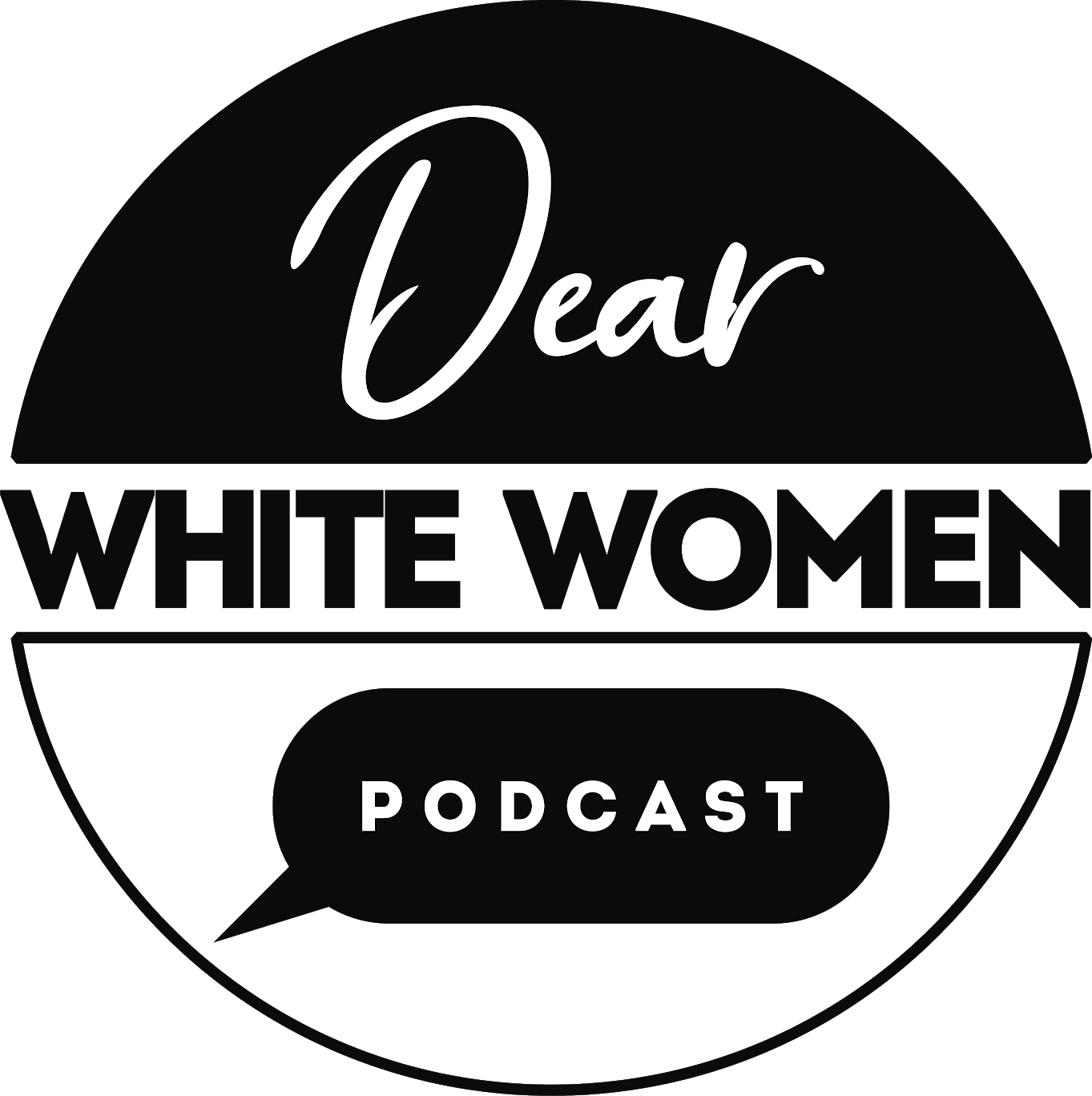Episode #57
It All Starts Here:
Educational Inequality
In today’s episode, Sara and Misasha continue the election arc with studies involving the root causes of educational inequality.
Join them to hear about educational inequality’s inextricable link to income inequality, why it should matter to us all, what needs to be resolved first, best practices, and more!
“Why should educational inequality matter to white Americans? It’s because we’re all a part of one society and these are ALL of our kids.” Sara
Show Highlights:
Harvard Gazette profiled former Presidential candidate and popular two-term governor of Massachusetts, Deval Patrick, a Harvard undergrad who also graduated from the Law School in 1982, grew up a poor black school child in the housing projects of Chicago’s South Side.
The odds of escaping a life of poverty despite being highly intelligent and driven were against Patrick.
In the article, Patrick addresses how, through education, he was able to triumph over the poverty-ridden life that may have, at one time, seemed to be his destiny.
“Public school” is defined as a federally-funded school administered to some extent by the government and charged with educating all citizens.
The government has struggled to answer these rather difficult questions since the inception of public education:
What is the primary purpose of public education?
Who should be able to receive the educational services provided to the general public?
How does the government ensure consistently high quality in the educational services it provides?
The Organization for Economic Co-Operation and Development (OECD) ranked the United States 20th among the 34 market-based democracy-leading countries grade-wise in reading, science, and math.
By 8th grade, only 44% of American students are proficient in reading and math.
The proficiency of African-American students, many of whom are in under-performing schools, is even lower.
The matter of educational inequality must be solved first before other types of inequality resolution follow.
The gap is not due to the color of the skin, but rather to the access to quality education and the host of other systemic issues with which they’re faced.
According to researchers, the key gaps are poverty rates, diminished teacher and school quality, unsettled neighborhoods, ineffective parenting, personal trauma, and peer group influence.
“Talk, Sing, Point” in early childhood: the difference in life experiences begins at home.
What is the LENA vest and what is its importance?
With the help of Faculty Co-Chair and Harvard Law School Jesse Climenko Professor of Law, Charles J. Ogletree, The Achievement Gap Initiative at Harvard is analyzing the factors that make educational inequality such a complex puzzle.
Best practices to create strong schools will matter the most.
The surprising difference between private and public school outcomes.
Research suggests that poverty in the United States tends to be deeper and more difficult to escape than in other countries.
Please consider voting for initiatives that help the education system!
Links:
Email: Hello@dearwhitewomen.com
Colorado’s House of Pod
Women of Color Incubator
Sara’s a Mentor Now!
Applications Are Open Until May 8
FREE 6-Week Program
Email Becca@houseofpod.org
Suggested Episodes:
25: School Lunches: Why Kids Are Going Hungry
49: Why Are We Talking About Income Inequality When The Economy Is Strong?
Mentioned Books:
Five Miles Away, A World Apart: One City, Two Schools, And The Story Of Educational Opportunity In Modern America by James E. Ryan
Bowling Alone: The Collapse and Revival of American Community by Robert D. Putnam
Our Kids: The American Dream in Crisis by Robert D. Putnam
Follow us on social media to continue the conversation!
Facebook | Instagram | Twitter
Subscribe to the Podcast
Listening on iTunes?
Listening on Android?
Review Podcast
Enjoying the show? It would mean the world to us if you’d rate and review the podcast where ever you are listening!
Are you an iTunes listener?
Click here to review podcast! - Select “ratings and reviews” and click “write a review”
